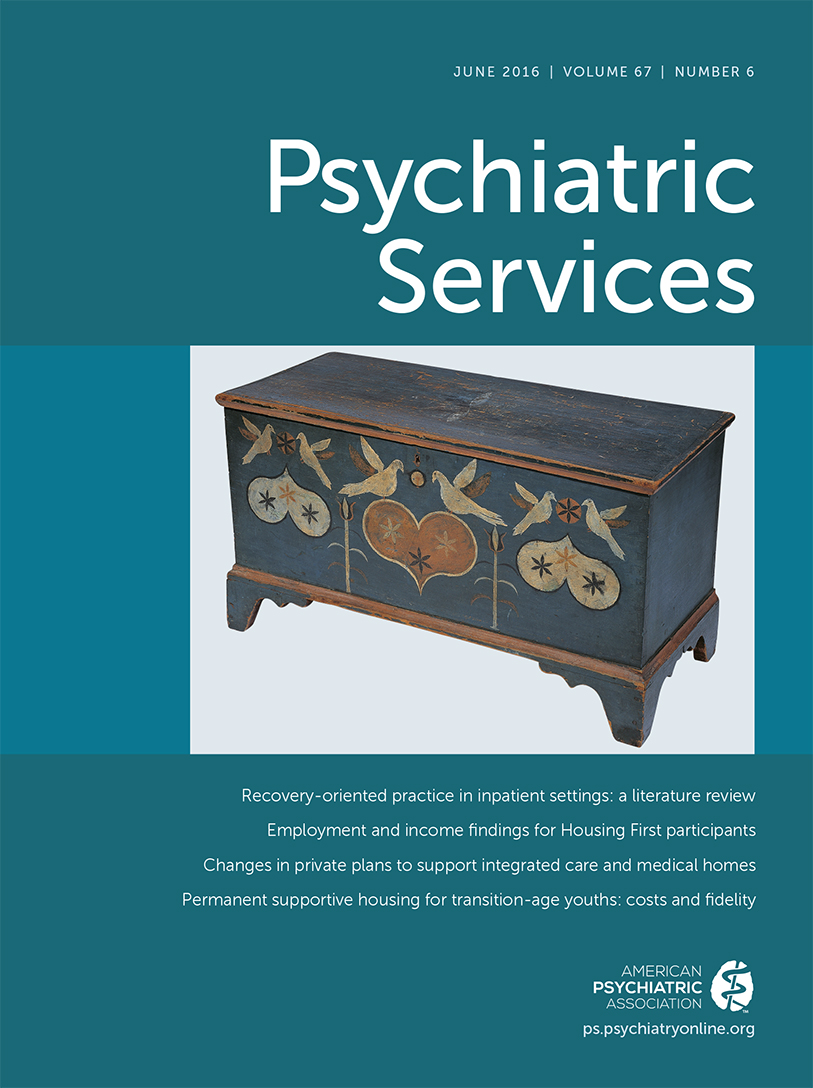Screening for and Diagnosis of Depression Among Adolescents in a Large Health Maintenance Organization
Abstract
Objective:
The aim of this analysis was to determine changes in patterns of depression screening and diagnosis over three years in primary and specialty mental health care in a large health maintenance organization (HMO) as part of a project to develop quality measures for adolescent depression treatment.
Methods:
Two series of aggregate data (2010–2012) were gathered from the electronic health records of the HMO for 44,342 unique adolescents (ages 12 to 21) who had visits in primary and mental health care. Chi square tests assessed the significance of changes in frequency and departmental location of Patient Health Questionnaire–9 (PHQ-9) administration, incidence of depression symptoms, and depression diagnoses.
Results:
There was a significant increase in PHQ-9 use, predominantly in primary care, consistent with internally generated organizational recommendations to increase screening with the PHQ-9. The increase in PHQ-9 use led to an increase in depression diagnoses in primary care and a shift in the location of some diagnoses from specialty mental health care to primary care. The increase in PHQ-9 use was also linked to a decrease in the proportion of positive PHQ-9 results that led to formal depression diagnoses.
Conclusions:
The rate of depression screening in primary care increased over the study period. This increase corresponded to an increase in the number of depression diagnoses made in primary care and a shift in the location in which depression diagnoses were made, from the mental health department to primary care. The frequency of positive PHQ-9 administrations not associated with depression diagnoses also increased.



